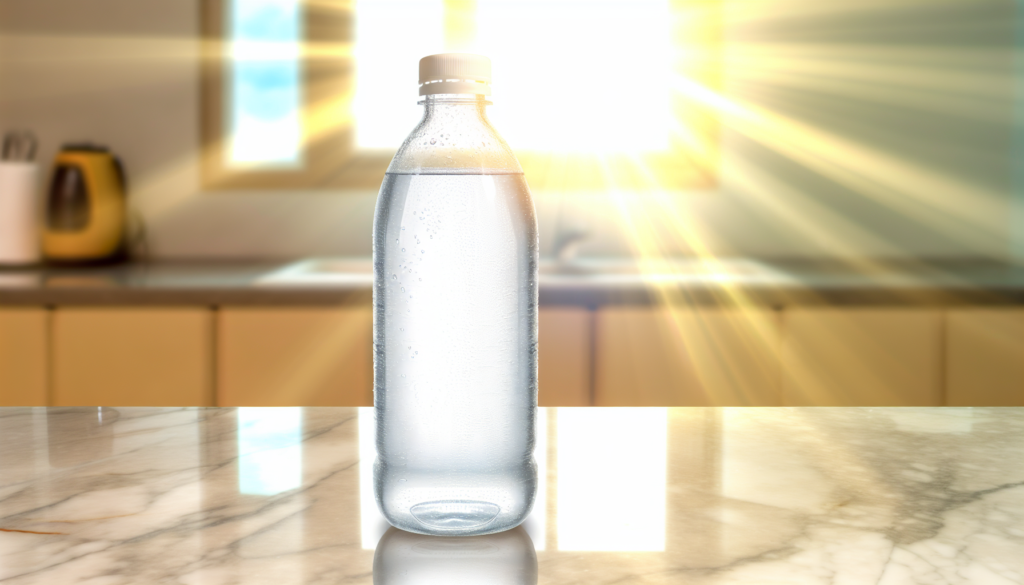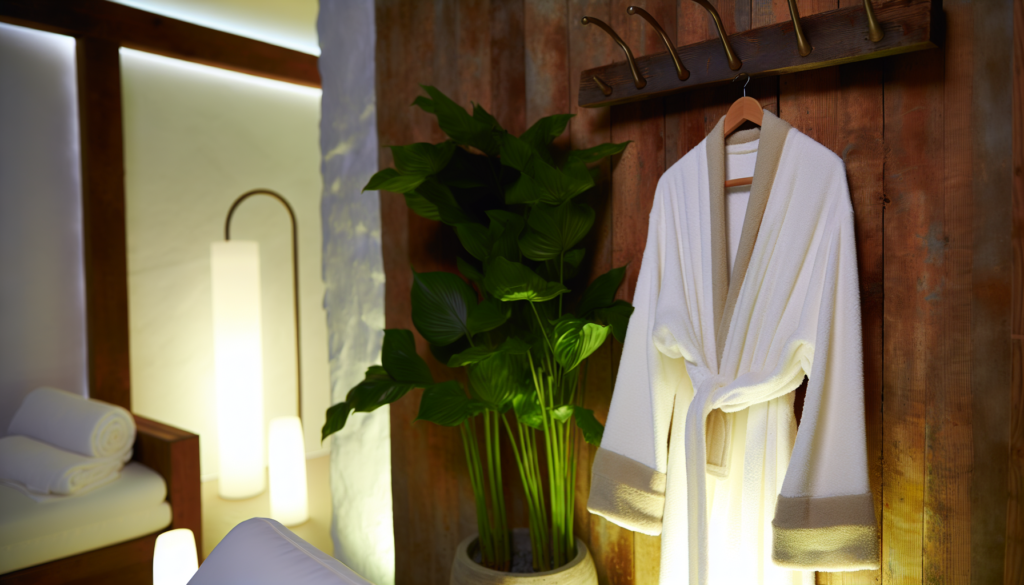Achieving that coveted smooth, even-textured skin isn’t just about applying expensive products – it’s about understanding your skin’s unique needs and establishing a consistent routine. Whether you’re dealing with bumpy texture, uneven tone, or simply want to maintain your skin’s natural glow, creating an effective skincare regimen is essential. The journey to smooth, textured skin requires patience, the right products, and techniques that work synergistically to reveal your skin’s best potential. Let’s explore a comprehensive approach that addresses the root causes of texture issues while building healthy skin from the inside out.
Understanding Skin Texture Issues
Before diving into solutions, it’s important to understand what causes textural issues. Skin texture concerns typically stem from:
Knowing what’s behind your specific texture concerns helps target your approach more effectively. For instance, if your roughness stems primarily from dehydration, your routine will differ from someone dealing with congestion-related texture issues.
Morning Skincare Routine for Texture Improvement
Your morning routine sets the foundation for how your skin behaves throughout the day. Here’s an effective sequence to follow:
1. Gentle Cleansing
Start with a pH-balanced cleanser that removes overnight oil buildup without stripping your skin. Harsh cleansers can disrupt your skin barrier, worsening texture issues. Look for ingredients like glycerin or ceramides that clean while maintaining moisture balance.
2. Tone and Balance
A good toner helps reset your skin’s pH after cleansing. For texture concerns, choose alcohol-free formulations with ingredients like rose water, glycolic acid (in low concentrations), or niacinamide to refine pores and prep skin for subsequent products.
3. Targeted Treatment Serums
Morning serums should focus on protection and hydration. Vitamin C serums work wonders for texture by brightening skin tone, stimulating collagen production, and providing antioxidant protection. Hyaluronic acid serums help plump the skin, instantly making texture appear smoother.
4. Moisturize Strategically
Choose your moisturizer based on your skin type:
5. Sun Protection – Non-Negotiable
Sun damage is a primary cause of texture issues. Apply a broad-spectrum SPF 30+ sunscreen daily. Modern formulations come in various textures that won’t clog pores or leave a white cast. Remember to reapply every two hours when outdoors.
Evening Routine: Repair and Regenerate
Nighttime is when your skin does its most intensive repair work. Your evening routine should support this natural process:
1. Double Cleansing
Begin with an oil-based cleanser to dissolve makeup, sunscreen, and sebum, followed by a water-based cleanser to remove any remaining impurities. This thorough cleansing prevents congestion that leads to uneven texture.
2. Exfoliation (2-3 times weekly)
Regular exfoliation is crucial for texture improvement. Alternate between:
Don’t overdo it—over-exfoliation damages your skin barrier, creating more texture problems than it solves.
3. Treatment Products
Evenings are ideal for active ingredients that work while you sleep:
Start with lower concentrations and gradually increase to avoid irritation.
4. Intensive Moisture
Night creams or sleeping masks seal in treatments while providing intensive hydration. Ingredients like ceramides, peptides, and niacinamide work overnight to strengthen your skin barrier and improve texture by morning.
Weekly Treatments for Dramatic Improvement
Supplement your daily routine with weekly intensive treatments:
At-Home Treatments
Professional Treatments
For stubborn texture issues, consider professional interventions:
Lifestyle Factors That Impact Skin Texture
Your skin routine is only part of the equation. These lifestyle factors significantly affect your skin’s texture:
Nutrition and Hydration
What you eat reflects on your skin. Focus on:
Stress Management
Chronic stress triggers cortisol release, which can increase oil production and inflammation, worsening texture. Incorporate stress-reduction techniques like meditation, adequate sleep, and regular exercise.
Patience and Consistency: The Real Secret
Remember that skin cells turn over approximately every 28 days. This means you’ll need at least one full cycle to begin seeing results from your new routine. The most dramatic improvements often come after 3-6 months of consistent care.
Track your progress with photos in similar lighting conditions every few weeks. This visual record helps you stay motivated when daily changes seem subtle.
When to Consult a Professional
If your texture issues persist despite a consistent routine, consider consulting a dermatologist. Certain texture problems may indicate underlying conditions like rosacea, eczema, or fungal issues that require specific medical treatments.
The journey to smooth, textured skin is personal and may require adjustments along the way. Listen to your skin’s feedback and be willing to modify your approach as needed. With the right combination of products, treatments, and lifestyle habits, you can achieve the healthy, radiant complexion you’ve been working toward. Remember that perfect skin doesn’t exist – but with dedication to a thoughtful skincare routine, your best skin absolutely does.







